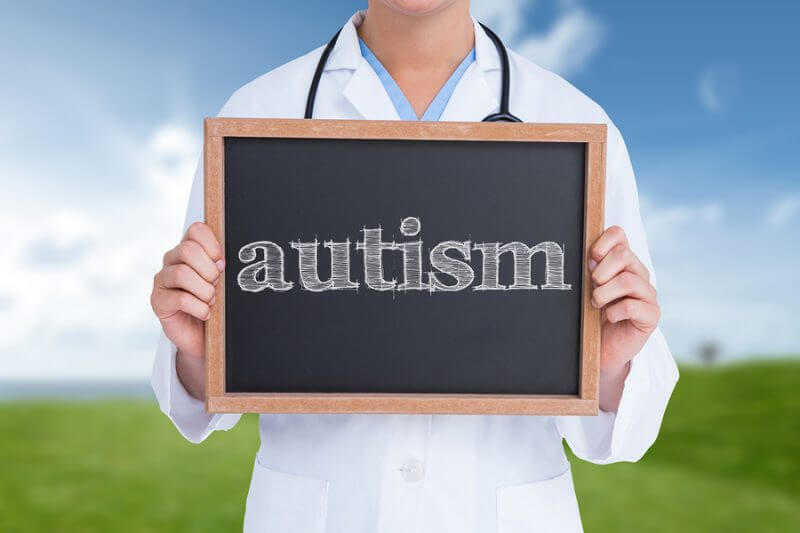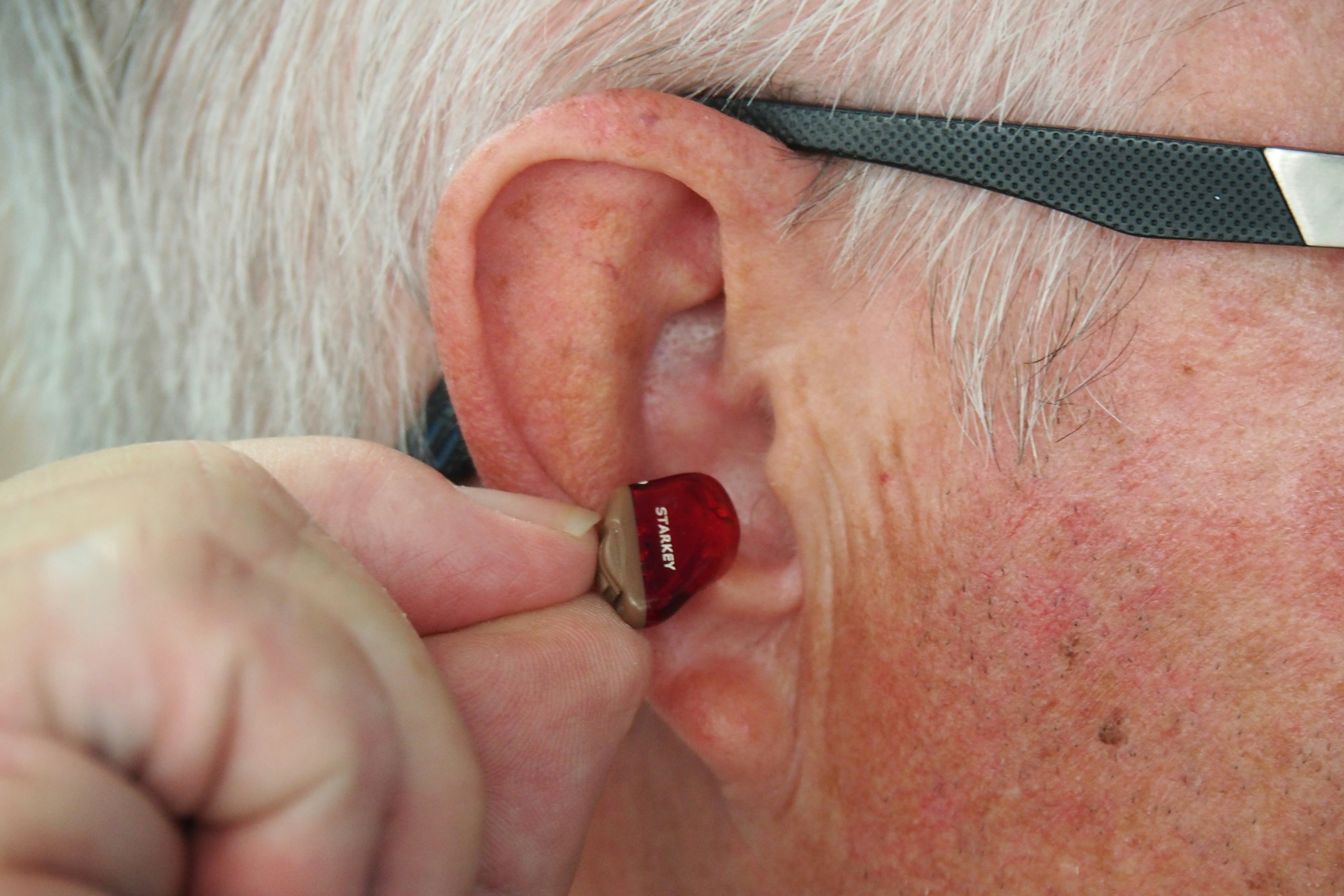Awareness of autism and related disorders along the spectrum has grown a lot over the past few years. With this awareness, there has also been a growing trend of self-diagnosis among adults. The symptoms of adult diagnosis are, naturally, different from those exhibited by children. So, what does autism look like in adults?
Autism in Children Versus Adults
When clinicians present an autism spectrum disorder diagnosis in children, they use several cues to identify the disorder:
· Persistent difficulties in social interaction
· Deficits in verbal and non-verbal communication
· Sensitivity to visual, auditory, and physical stimuli
· Intense focus on specific ideas or projects
· Discomfort in social settings
· Difficulty understanding social cues
In addition to these basic markers, there are many other signs of autism. Do these markers look the same for adults who haven’t previously received a diagnosis?
Autism Versus Emotional Imbalance
If adults have experienced these symptoms throughout their lives, they have probably struggled with autism without receiving the appropriate diagnosis and treatment. In this case, an autism self-diagnosis could be a helpful first step in obtaining support and desired treatment.
However, if symptoms have developed in recent years, an autism diagnosis may be appropriate, or the adult could be experiencing an emotional imbalance. Some of the symptoms of an emotional imbalance look a lot like autism:
· Social anxiety
· Panic attacks
· Obsessive-compulsive behaviors
However, other symptoms indicate an imbalance rather than autism. These include severe depression, unexplained sadness, and lethargy.
Treatment Methods for Emotional Imbalance
There are some things adults can do to determine whether they are experiencing an imbalance or adult-onset autism. For example, if adults gradually pick up the activities they once enjoyed, create more flexibility in their lives, and learn to tune out unwanted stimuli, they probably don’t have autism. Treatment for emotional imbalances is widely varied and is often determined by the adult and their chosen mental health professional.
Ways To Get an Accurate Autism Diagnosis and Treatment
Although there are online tests that may help adults self-diagnose their symptoms, the best way for adults to determine whether they have autism or an emotional imbalance is to contact a trained professional. Adults with the diagnosis are generally treated with behavioral therapy and specific tools that differ from those given to children.
Takeaway Points
When adults suspect they have autism, they may look for ways to self-diagnose before seeking help from mental health professionals. When clinicians become involved, they’ll generally use in-person communications and observations to make a diagnosis. Mental health professionals also consider symptoms reported by the adult. At this point, effective treatment is available.
Learn more about how clinicians evaluate autism spectrum disorder at WPS.







